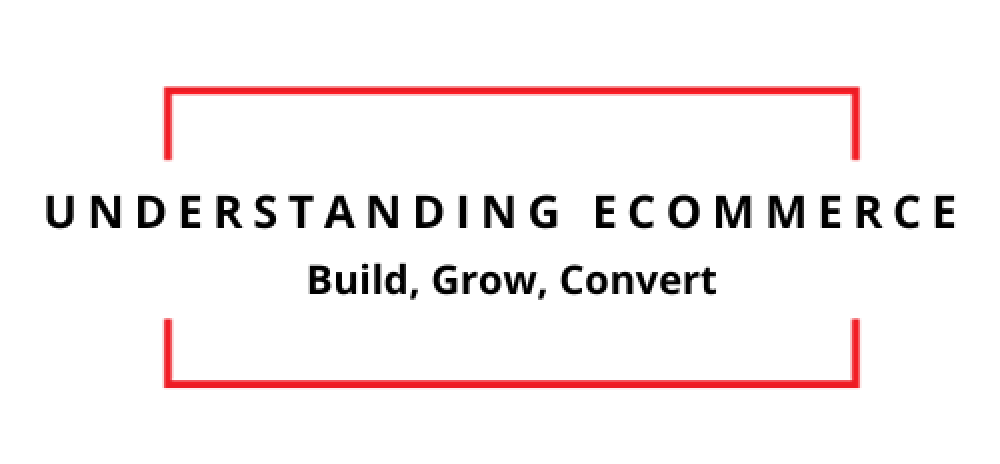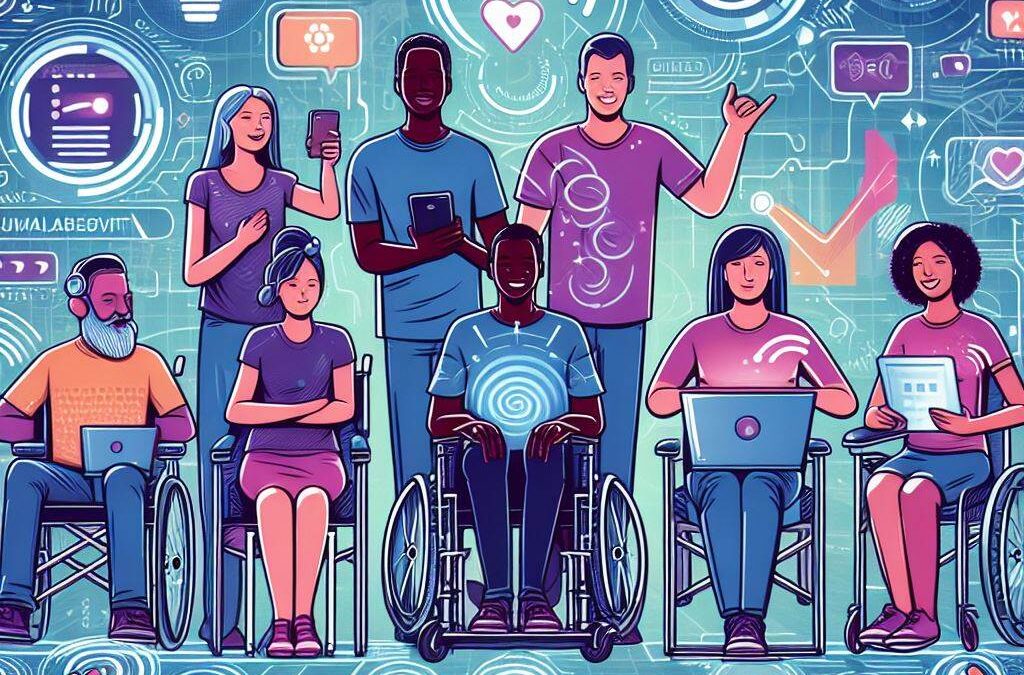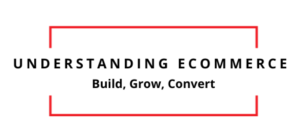Exploring the Future of Web Accessibility: Key Trends, Challenges, and Bright Opportunities
In this digital age, web accessibility has become more crucial than ever. With tech constantly advancing and a growing push for inclusive digital experiences, web accessibility has quickly moved from being a specialized interest to a must-have for everyone. Let’s dive into the landscape of web accessibility today, looking at the latest trends, the challenges we face, and the amazing opportunities ahead.
What’s New in Web Accessibility?
Rising Legal Standards for Digital Inclusion
Countries around the world are getting serious about web accessibility. They’re setting tough laws because they see digital access as a basic right. The Web Content Accessibility Guidelines (WCAG) are now the gold standard globally.
The Mobile Accessibility Boom
With more of us surfing the web on our phones, making mobile sites and apps accessible to everyone has become essential. This trend is all about meeting user expectations and making sure everyone can join in online.
AI and Accessibility: A Perfect Match
AI is changing the game in web accessibility. It’s making it easier to spot and fix access issues on websites, helping everyone get a smoother online experience.
Universal Design: Making Accessibility Standard
Adopting universal design means building websites and apps that everyone can use right off the bat, without needing extra tweaks. This way, we ensure that people with disabilities are considered from the start.
Navigating Web Accessibility Challenges
Bridging the Awareness Gap
Even though web accessibility is gaining traction, many organizations still don’t get its importance. This lack of understanding is a big barrier to creating a web that’s accessible to all.
Old Tech, Big Problems
Adapting old systems to meet new accessibility standards can be tricky. It takes a lot of skill and resources to bring legacy systems up to date.
Meeting Diverse Needs
People have different disabilities, from visual and hearing impairments to cognitive and motor challenges. Designing for such a wide range of needs is complex and requires deep insight into different user experiences.
The Cost Misconception
Some companies still see accessibility as an extra cost rather than a vital investment. Changing this view is key to wider adoption of accessibility measures.
The Opportunities Web Accessibility Opens Up
Reaching a Wider Audience
By making sites accessible, businesses can connect with a larger audience, including over a billion people worldwide with disabilities. This isn’t just good ethics—it’s smart business.
Driving Innovation
Focusing on accessibility leads to innovative web design and technology solutions that benefit everyone, not just those with disabilities.
Boosting SEO
Accessible sites tend to rank better in search results. Their user-friendly setup and structured content get a thumbs up from search engines, improving visibility.
Showing Commitment to Inclusion
Embracing web accessibility shows a company’s commitment to social responsibility, boosting its brand image and customer loyalty.
Leaders in Web Accessibility
Organizations like the W3C Web Accessibility Initiative, Google, Microsoft, and Apple are at the forefront, setting standards and creating tools that improve accessibility. Companies like Deque Systems and Siteimprove provide essential software and training.
Global Web Accessibility: Still a Long Way to Go While web accessibility is crucial, many sites worldwide still don’t meet WCAG standards. However, with increased awareness and stricter regulations, we’re seeing positive changes.
Conclusion: The Path to an Accessible Web
The road to a fully accessible web is filled with challenges but also rich with opportunities for growth, innovation, and improved user experience. The future of web accessibility looks bright, led by industry leaders and driven by tech advances and a strong commitment to inclusion. As our digital world evolves, so must our efforts to ensure that everyone, regardless of ability, can access and benefit from online resources.
Follow us on LinkedIn – Build, Grow, Convert.

With over twenty years of experience, we’ve made a lot of mistakes, so you don’t have to. Leverage that knowledge to BUILD your business, GROW your brand awareness or thought leadership, and ultimately CONVERT followers into paying customers.


